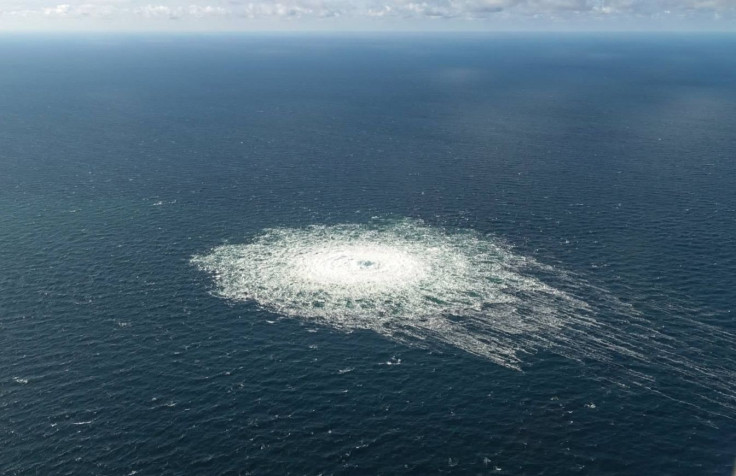Europe was investigating unexplained leaks in two Russian gas pipelines that churned up the Baltic Sea on Tuesday, Sept. 27 raising concerns of possible sabotage to infrastructure in the midst of an energy standoff since Russia’s invasion of Ukraine.
The mysterious gas leaks were identified overnight on the Russian-operated Nord Stream pipelines running under the Baltic Sea near Sweden and Denmark.
"This is not a small crack. It's a really big hole," said the Danish Energy Agency.
Danish and Swedish authorities issued navigation warnings after they detected two leaks in the Nord Stream 1 pipeline. Shortly after, a separate gas leak was discovered on the nearby Nord Stream 2 pipeline.
The leak had prompted Denmark to restrict shipping within a five-nautical mile radius. Authorities said they cannot neglect the possibility of a deliberate damage.
"There are some indications that it is deliberate damage," said a European security source, adding it was still too early to draw conclusions. "You have to ask: Who would profit?"
Russia said the incident is being investigated, reports said.
"No option can be ruled out right now," Kremlin spokesman Dmitry Peskov told reporters.
"There are three leaks, and therefore it is hard to imagine that what is happening is a coincidence."
According to reports, the incidents will dissolve any remaining expectations that Europe could receive gas via Nord Stream 1 before winter fall.
"The destruction that occurred on the same day simultaneously on three strings of the offshore gas pipelines of the Nord Stream system is unprecedented," said network operator Nord Stream AG. "It is not yet possible to estimate the timing of the restoration of the gas transport infrastructure."
A senior Ukrainian official claimed that the incident was an attack from Russia to destabilize Europe, without citing evidence.
"We see clearly that it's an act of sabotage, related to the next step of escalation of the situation in Ukraine," Polish Prime Minister Mateusz Morawiecki said.
The leaks were so serious that it could take perhaps a week for gas to stop churning out of the Nord Stream 2 pipeline, the head of Denmark's Energy Agency Kristoffer Bottzauw said, adding that ships could lose buoyancy if they entered the affected area.
"The sea surface is full of methane, which means there is an increased risk of explosions in the area," Bottzauw said.

© 2025 Latin Times. All rights reserved. Do not reproduce without permission.




